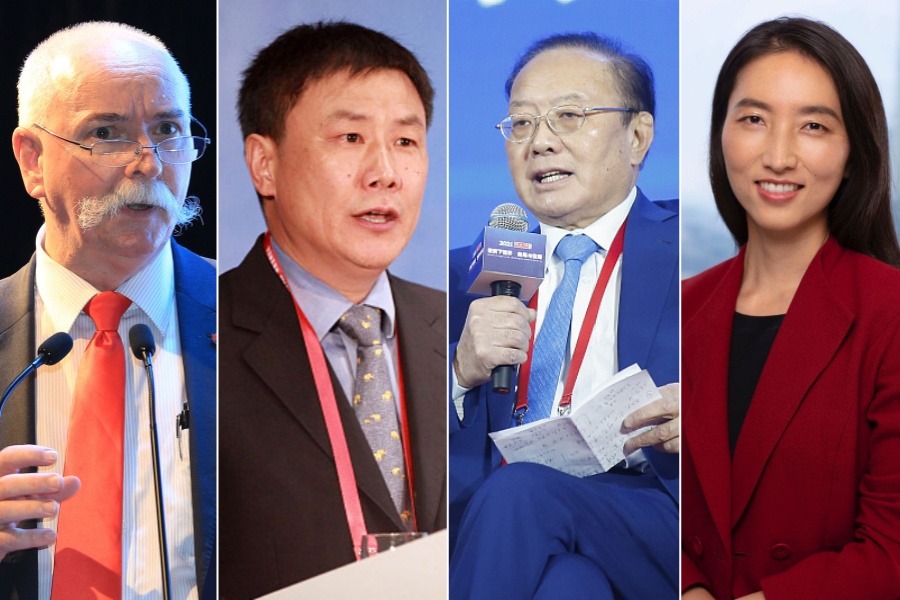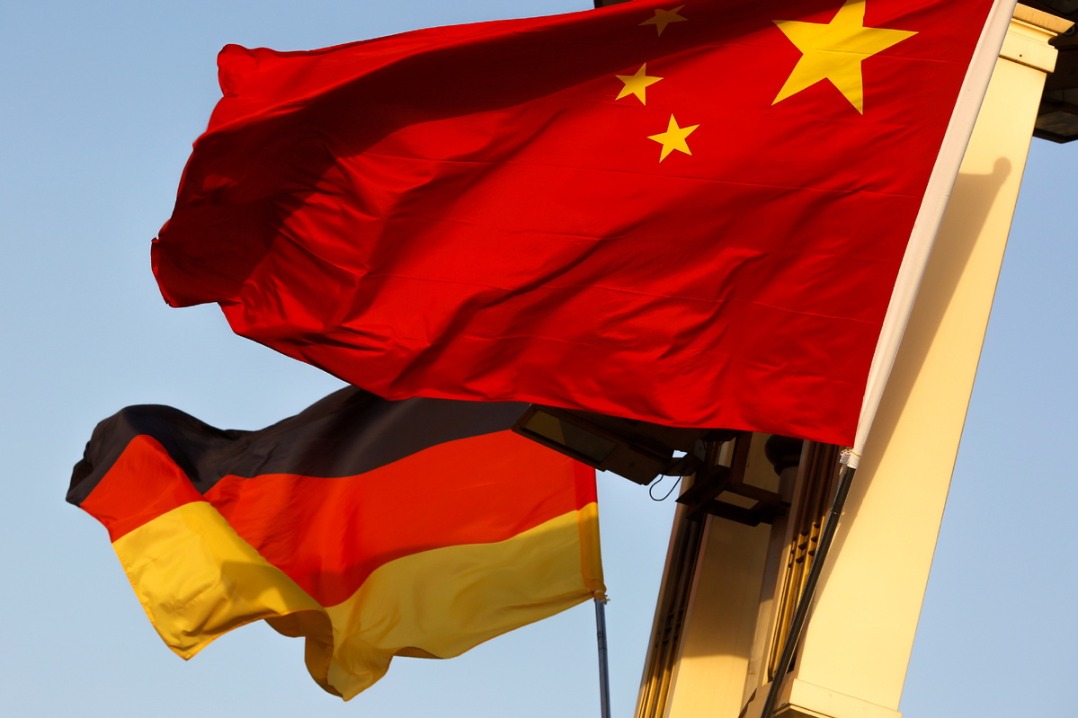Higher social spending a priority if stimulus necessary


In China, GDP growth slowed to 6.5 percent year-on-year in the third quarter from 6.8 percent in the first half of 2018. This moderation was mainly due to weaker investment and exports. Investment growth continues to decelerate as the economy transitions to a new growth path which is increasingly dependent on domestic consumption.
Weaker global trade momentum and trade policy tensions have weighed on exports. China's exports to the US which are subject to 25-percent tariffs have declined. Growth in exports subject to 10-percent tariffs has so far remained robust but is expected to slow too.
Financial markets have declined. The Shanghai Composite Index lost 20 percent and the renminbi fell by about 6 percent against the US dollar this year. Small net capital outflows were recorded in the third quarter, as foreign investors reduced sharply bond and stock purchases.
The outlook for the global economy has also weakened. The recovery in international trade and investment is faltering. Trade tensions and financial market volatility have increased uncertainty.
In response to this challenging economic environment, the government announced a series of measures to support growth and boost investor confidence. This includes fiscal incentives for households and businesses, infrastructure investment, increased liquidity provision by the People's Bank of China, and guidance to ease the financing constraints of the private sector and small and medium-sized enterprises.
In 2018, the authorities also improved the investment climate, helping push China up the World Bank Doing Business rankings to 46th, advancing ahead of 30 countries it lagged behind last year. The government relaxed the restrictions on foreign ownership in financial services, automobile, ship and aircraft manufacturing. China lowered import tariffs significantly. It also reduced the time and cost of exports and imports by allowing businesses to submit regulatory documents, such as customs declarations, at a single window platform and by eliminating administrative charges.
Looking ahead, high uncertainty and weaker global economic prospects may call for more stimulus in China. What fiscal instruments do policymakers have to bolster confidence and support the economy?
Historically, China relied on infrastructure investment by local governments to stimulate the economy. But, in recent years, such policies have brought lower growth returns and a growing debt burden. Higher public infrastructure spending could reduce the resources available to companies in more productive sectors. Policymakers are aware of these risks and have remained committed to reforming local government finance.
China has room to further lower business taxes. However, the effectiveness of any tax incentives in increasing investment will also depend on business confidence. To increase investment opportunities and lower costs, the authorities will need to improve regulatory transparency, strengthen intellectual property rights, and enforce fair competition for private and State-owned enterprises.
To stimulate the economy, fiscal policy could focus on boosting household consumption. The Amended Individual Income Tax Law already reduces the tax burden of households. But China has the policy space to do more.
The government could shift spending from public infrastructure to health, education, and social protection. Over time, China has significantly reduced child and maternal mortality, curbed the incidence of infectious disease, and improved life expectancy. Basic education is now universal and secondary schooling is almost universal. Pension coverage is relatively high for a country with China's income level. Despite improved access to public services, disparities between urban and rural residents and between richer and lower-income provinces have risen.
In healthcare and education, one option could be to raise public funding for hiring and retaining workers in rural areas and in provinces with limited resources. Measures could also aim at reducing individual out-of-pocket health expenditures which remain high for the poor and for rural residents. Early childhood education and elderly care are fast becoming areas of high demand.
In social protection, the Dibao program, which guarantees a minimum income, needs more and better targeted resources to meet the basic needs of low-income families. Pension coverage among rural, migrant, and urban informal sector workers is relatively low and benefits are often inadequate to cover living costs.
Higher and better targeted social spending would create jobs, enhance public services, and provide better support to poor and vulnerable households. In the short term, these measures would encourage households to save less and spend more. In the long run, they would boost worker productivity and China's growth potential and help the country achieve a more equal society.
The author is a senior economist with the World Bank.









































